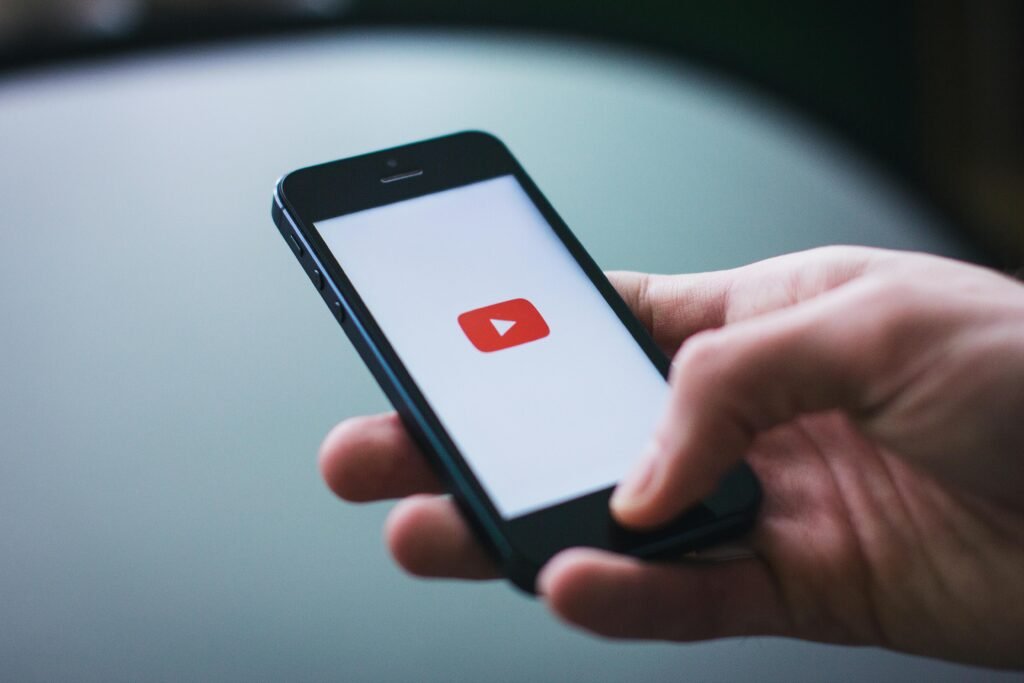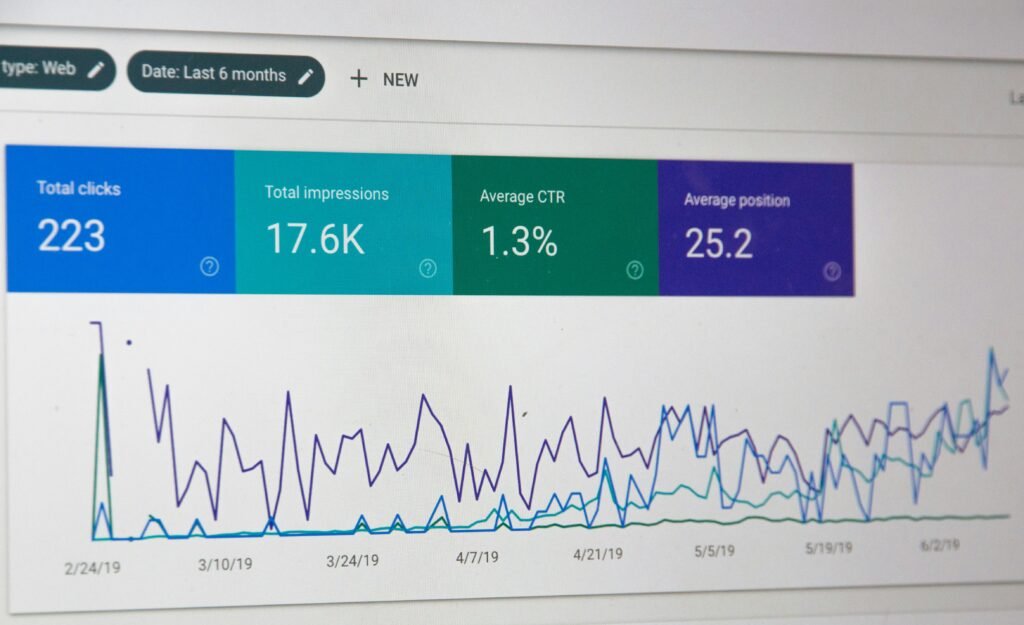
Introduction to YouTube Monetization
YouTube monetization refers to the process by which content creators earn revenue from their videos on the platform. This concept is primarily facilitated through YouTube’s Partner Program (YPP), which allows eligible creators to monetize their content through various means, such as advertisements, channel memberships, and merchandise shelf integration. Understanding the nuances of YouTube monetization is essential for creators who aspire to transform their passion for video creation into a sustainable source of income.
To participate in the YouTube Partner Program, creators must meet specific eligibility requirements. As of October 2023, the criteria include having at least 1,000 subscribers and 4,000 watch hours in the preceding 12 months. This means that not only must creators build a substantial audience, but they also need to produce engaging content that encourages viewers to spend time watching their videos. Additionally, creators must reside in a country or region where the YouTube Partner Program is available and comply with all of YouTube’s policies and guidelines.
The importance of monetization cannot be overstated for content creators. Aside from providing financial support, it serves as a validation of their efforts and creativity. Monetization enables creators to invest in higher-quality equipment, enhance their production values, and potentially allocate a portion of their revenue towards advertising to reach broader audiences. Furthermore, with the diversification of revenue streams available through YouTube, such as super chats and fan funding, creators can explore various avenues to maximize their earnings. Overall, understanding YouTube monetization is crucial for those who aspire to achieve financial stability through their content on this vibrant platform.
Eligibility Requirements for Monetization
To begin monetizing content on YouTube, creators must satisfy several eligibility criteria that are integral to the YouTube Partner Program (YPP). The first requirement mandates that channels attain a minimum of 1,000 subscribers. This subscriber milestone is essential as it reflects a channel’s ability to attract a dedicated audience, which is crucial for successful monetization.
In conjunction with subscriber count, YouTube requires channels to accumulate at least 4,000 hours of watch time within the preceding 12 months. This watch time is a vital indicator of engagement and retention, demonstrating that viewers are not only interested in the content but also actively consuming it. Both the subscriber threshold and the watch hours are designed to ensure that only creators with genuine audience engagement can benefit from monetization.
Moreover, adherence to YouTube’s community guidelines is a non-negotiable requirement. Creators must produce content that aligns with YouTube’s policies on hate speech, harassment, and explicit content. Failing to abide by these guidelines can lead to strikes against a channel, which ultimately affects its capability to generate revenue. Additionally, compliance with copyright laws is imperative. Content creators must use original material or properly credit any copyrighted material to avoid copyright infringement claims, which can jeopardize monetization eligibility.
These eligibility requirements collectively ensure that only serious and committed creators gain access to monetization on YouTube. By meeting the subscriber and watch hour benchmarks, while adhering to community and copyright guidelines, content creators position themselves effectively in the monetization process. Understanding these requirements is essential for any aspiring YouTube creator aiming to turn their passion into a viable revenue stream.
Timeframe for Building Your Channel
Embarking on the journey of YouTube monetization requires a definitive understanding of the typical timeframe involved in scaling a channel to meet the monetization thresholds set by the platform. For new creators, the initial task is to accumulate 1,000 subscribers and 4,000 watch hours within a span of 12 months. However, this goal is not universally achievable in a standard timeframe; it varies considerably based on several key factors including the niche of the content, the quality of production, marketing efforts, and engagement with the audience.
The niche that a creator chooses plays a significant role in determining growth rates. Channels focused on trending topics, widely popular hobbies, or underserved subject areas may experience rapid growth compared to those in more saturated markets. Moreover, the quality of content is paramount; high-quality, engaging videos tend to attract more viewers and encourage longer watch times, thus accelerating the journey to monetization.
Effective marketing strategies can also significantly impact a channel’s growth trajectory. Creators who leverage social media platforms, collaborate with other YouTubers, and employ search engine optimization (SEO) techniques generally see faster subscriber accumulation and increased watch time. Audience engagement is another critical component; channels that foster a community around their content through comments, polls, and live streams tend to retain viewers more effectively, boosting overall channel performance.
Case studies reveal an array of pathways to success. For example, some channels may grow rapidly within a few months by capitalizing on viral trends, whereas others may take years to build a dedicated audience through niche content. Ultimately, while the road to YouTube monetization may appear daunting, understanding these variables provides clarity for creators aiming to establish themselves on the platform.
Strategies to Accelerate Growth
For aspiring YouTube creators seeking monetization, implementing effective strategies to enhance channel growth is crucial. One of the most important approaches is optimizing video SEO. This process entails utilizing relevant keywords in titles, descriptions, and tags to improve visibility in search results. Conducting keyword research helps in identifying popular queries related to your niche, enabling content that attracts a wider audience.
Creating engaging content is another essential strategy. It is vital to invest time into understanding viewer preferences and producing high-quality videos that resonate with your target audience. This may involve storytelling, employing captivating visuals, or incorporating humor where appropriate. Engagement metrics such as watch time and viewer retention play a significant role in YouTube’s algorithm, so focusing on delivering value in your content can yield substantial growth.
Collaborating with other content creators can also be beneficial in accelerating growth. Partnering with creators in similar niches provides exposure to their audience and establishes credibility. By sharing ideas and resources, both parties can enhance their reach and attract more subscribers. Engaging in community events, such as challenges or joint live streams, can further solidify these collaborations.
Promoting content on social media platforms is another effective strategy. Leveraging platforms like Instagram, Twitter, and TikTok can help reach potential viewers who may not be familiar with your YouTube channel. Consistent sharing of updates and highlights can generate interest and lead to increased traffic towards your videos. Understanding audience demographics plays a vital role in this promotional strategy, allowing creators to craft targeted content that appeals to specific viewer segments.
In essence, by optimizing video SEO, creating engaging content, collaborating with peers, and utilizing social media, aspiring YouTube creators can significantly accelerate their channel growth, increasing their potential to achieve monetization sooner.
Understanding YouTube’s Approval Process
Once content creators meet the eligibility requirements for monetization on YouTube, they can submit their application for review. This process can be a crucial phase in a creator’s journey, as it determines whether or not they will be able to earn revenue from their videos. The primary criteria for eligibility include having at least 1,000 subscribers and 4,000 watch hours over the past 12 months, among other guidelines outlined in YouTube’s Partner Program policies.
After submitting their application, creators can generally expect the review to take about one month; however, this timeline can vary. Factors that influence the length of the review process include the volume of applications YouTube is processing at any given time. For example, during certain peak periods or significant events in the creator community, a backlog of applications may lead to extended review times.
Additionally, the approval or rejection of an application can depend on several factors related to the content produced by the creator. YouTube employs a combination of automated systems and human reviewers to assess applications. The review process focuses on ensuring that creators adhere to community guidelines, copyright rules, and ad-friendly content policies. Any content that violates these standards could lead to an application being rejected.
Creators need to understand the importance of maintaining compliance with YouTube’s policies during this application phase. They should also be prepared to make adjustments to their channel or content if they receive notice of denial. Engaging with the platform’s resources and support systems can improve a creator’s chances of successful approval on subsequent applications. Ultimately, patience and adherence to platform guidelines are key components in successfully navigating YouTube’s approval process.
Common Challenges and How to Overcome Them
When embarking on the journey toward YouTube monetization, content creators frequently encounter various challenges that can impede their progress. Understanding these obstacles is crucial for devising effective strategies to overcome them. One of the most common hurdles is hitting subscriber count plateaus. After initial growth, many creators find themselves struggling to gain new subscribers, which can be discouraging. To address this issue, creators should analyze their content analytics to identify which videos performed well and resonated with viewers. Additionally, engaging directly with the audience through comments and social media can foster a sense of community and encourage subscriptions.
Another significant challenge that creators face is receiving community guideline strikes. These strikes can temporarily hinder the monetization process and erode creator confidence. To navigate this, it is essential for creators to familiarize themselves with YouTube’s community guidelines and adhere strictly to them. Newly uploaded content should be reviewed for potential violations, and creators can benefit from seeking feedback from their peers before publication. Education on best practices for content creation is vital, as it minimizes the risk of strikes and fosters sustainable growth.
Algorithm changes also pose a challenge for content creators. YouTube’s algorithm adjusts frequently, often affecting video visibility and engagement rates. Staying informed about updates and trends is critical. Creators should remain adaptable, experimenting with different content formats and styles to find what works best under evolving algorithmic conditions. Engaging with social media channels dedicated to YouTube updates can provide insight into trending topics and popular content strategies. By proactively addressing these challenges, aspiring YouTube monetizers can enhance their chances of success on the platform.
The Impact of Content Quality on Monetization
The journey to YouTube monetization is significantly influenced by the quality of content produced by creators. High-quality videos are characterized by several essential attributes that not only enhance viewer experience but also improve the prospects of monetization. Key characteristics of such videos include high production values, originality, and substantial viewer engagement. Each of these elements plays a pivotal role in determining the success of a channel.
Production value reflects the technical aspects of a video, such as its resolution, audio quality, and overall aesthetics. Viewers are more likely to engage with content that appears professionally crafted, as it establishes credibility and trust. A well-produced video fosters a positive impression, encouraging viewers to watch it in its entirety and share it with others, thereby increasing its reach. Consequently, channels with higher production values often see accelerated subscriber growth, which is a crucial factor in becoming eligible for YouTube monetization.
Furthermore, originality is a core component of high-quality content. Creators who present unique perspectives or innovative ideas capture the attention of viewers, distinguishing themselves from the competition. Original content not only helps retain existing subscribers but also attracts new audiences. As viewers resonate with unique storytelling or distinctive styles, they are more likely to engage by liking, commenting, and sharing, which further boosts the video’s visibility.
Finally, viewer engagement is perhaps the most significant indicator of content quality. Metrics such as watch time, likes, shares, and comments serve as vital signals to YouTube’s algorithm, influencing how often a video is suggested to other users. Channels that consistently produce engaging content tend to experience organic growth, thus enhancing their monetization prospects. In conclusion, focusing on content quality—not just for aesthetics but as a strategy for viewer retention and growth—can considerably shorten the time taken to achieve YouTube monetization.
Alternative Monetization Options Before Approval
While awaiting YouTube monetization approval, creators can leverage various alternative revenue streams to sustain their channels financially and enhance their content creation efforts. Implementing these strategies can not only provide necessary funds but also help build a stronger community and brand presence.
One effective method is affiliate marketing. This involves promoting products or services and earning a commission on sales generated through referral links. Creators should choose affiliate programs that align closely with their content niche to ensure authenticity. By creating engaging videos that highlight these products and including informative descriptions with affiliate links, creators can successfully monetize their efforts without needing YouTube’s support initially.
Brand partnerships present another lucrative option. Influencers can collaborate with companies to promote their products or services in exchange for monetary compensation. To attract potential partners, creators should establish a clear and cohesive brand identity while showcasing their unique value proposition. Reaching out to brands directly or joining platforms that connect influencers with businesses can open new doors for monetization.
Crowdfunding is another viable alternative, allowing supporters to contribute financially to a creator’s projects. Platforms like Patreon enable creators to offer exclusive content or perks in exchange for monthly subscriptions, thus encouraging fans to support their work directly. This approach fosters a strong community and creates a sustainable income stream before achieving YouTube monetization.
Finally, selling merchandise is a popular way for creators to generate income. Whether it’s branded apparel, digital products, or unique items that resonate with their audience, creating merchandise can not only serve as a revenue source but also enhance brand visibility. Utilizing platforms dedicated to merchandising allows creators to seamlessly set up their stores and promote their products across their channels.
Conclusion and Final Thoughts
In this blog post, we have explored the intricacies of YouTube monetization, which includes understanding the platform’s requirements, eligibility criteria, and the timeline associated with achieving revenue generation. Throughout the discussions, it has become clear that success on YouTube often necessitates patience, dedication, and consistent effort. The pathway to monetization is not uniform for every creator; rather, it is influenced by various factors, such as content niche, audience engagement, and video quality.
Firstly, the importance of reaching the threshold of 1,000 subscribers and 4,000 watch hours within the past 12 months cannot be overstated. These metrics serve as the foundation for accessing the YouTube Partner Program, which ultimately enables creators to begin earning revenue through ads. Additionally, as we highlighted, diversifying income streams, such as exploring brand sponsorships and merchandise, can significantly enhance overall earnings and provide financial stability.
Moreover, we discussed the crucial role that creating high-quality, engaging content plays in appealing to viewers and cultivating a loyal subscriber base. It is essential for creators to focus on understanding their audience’s preferences and consistently delivering content that resonates with them. This approach not only aids in retaining existing subscribers but also attracts new viewers, thereby accelerating progress toward monetization.
As you embark on your YouTube journey or continue navigating this landscape, remember that persistence and resilience are key. The road to achieving monetization may be fraught with challenges, but staying committed to honing your craft and engaging with your audience can pave the way to success. Ultimately, creators who prioritize quality content and remain tenacious will find their efforts rewarded by the potential for revenue generation on YouTube.




